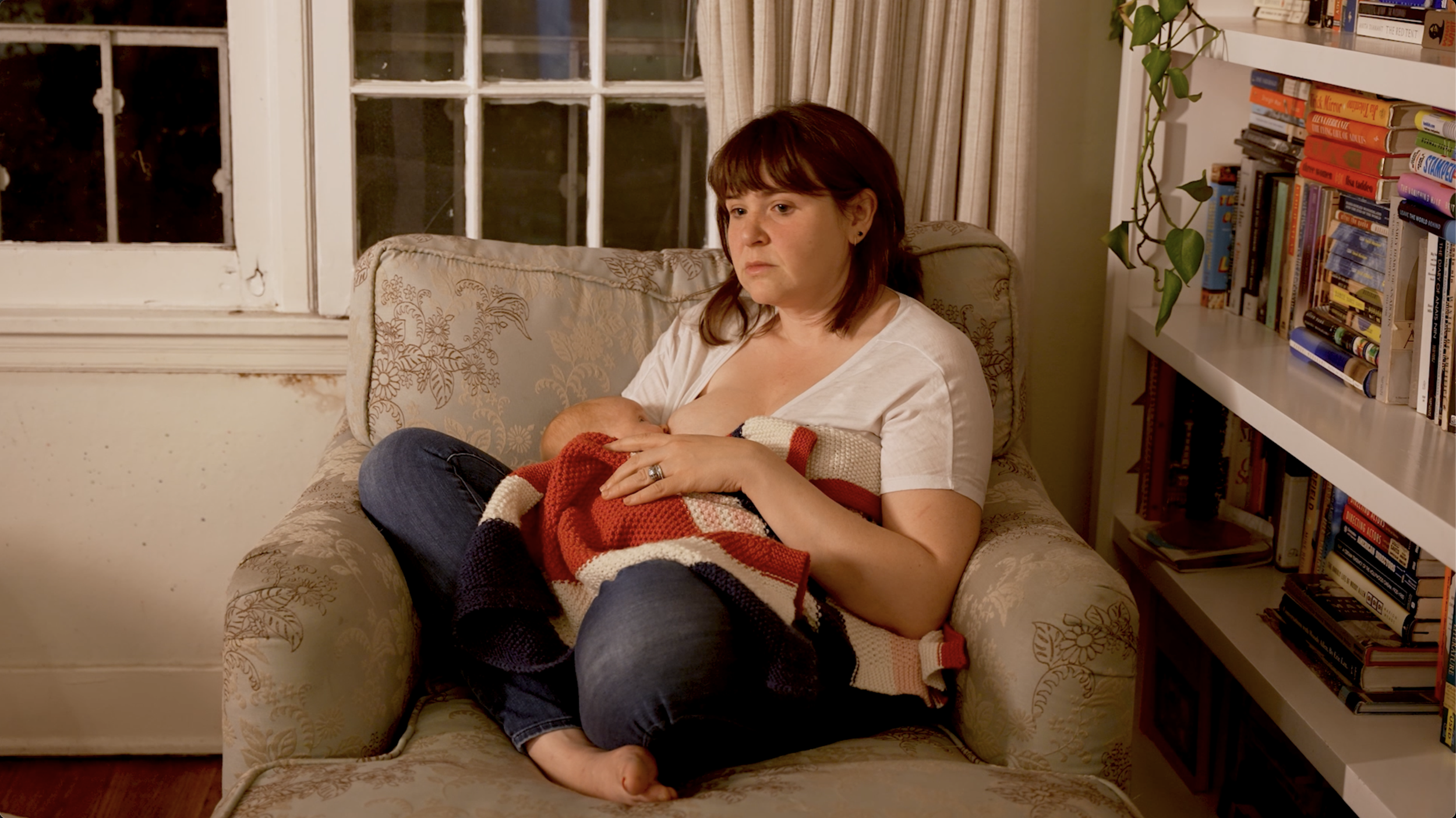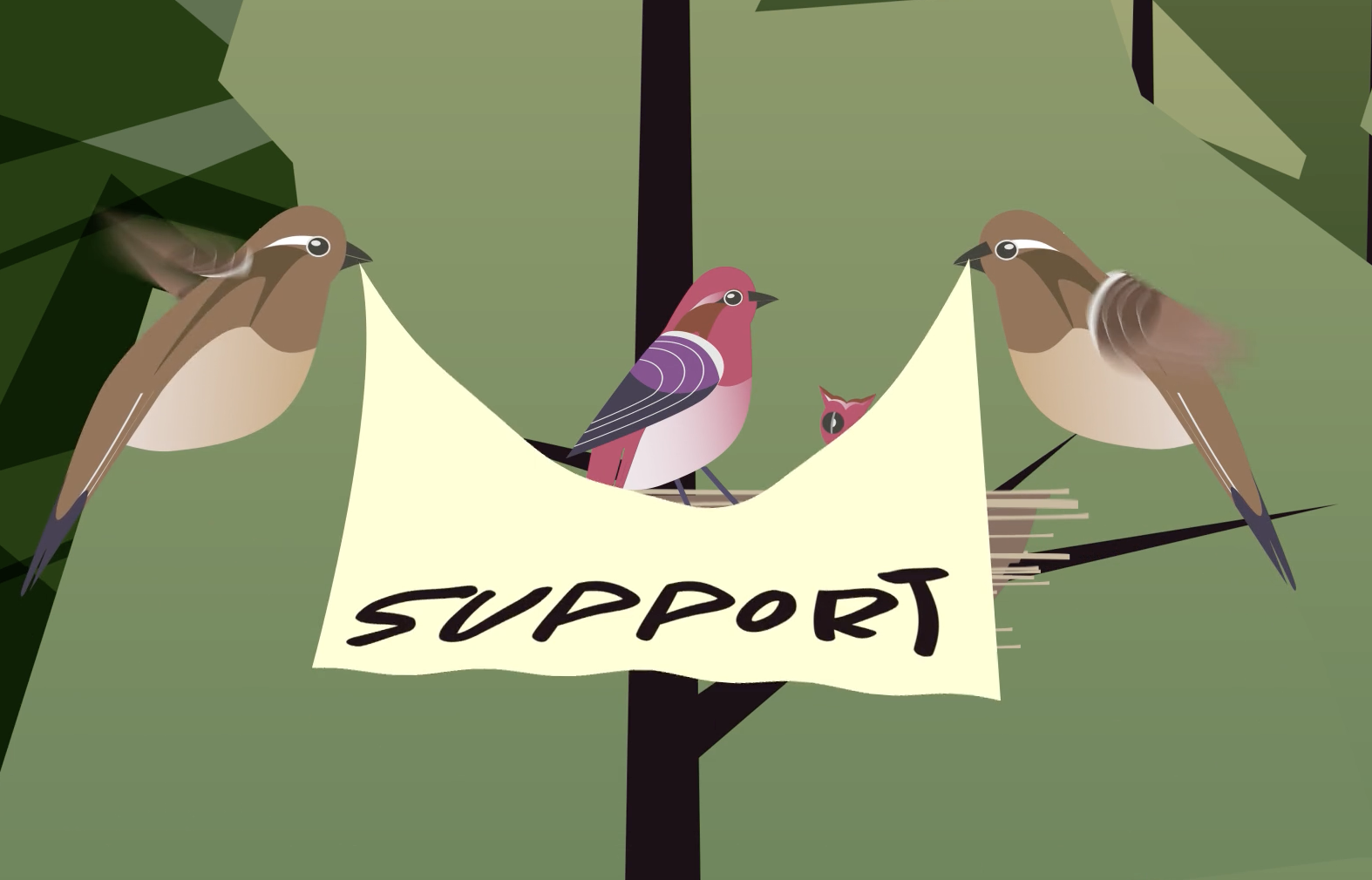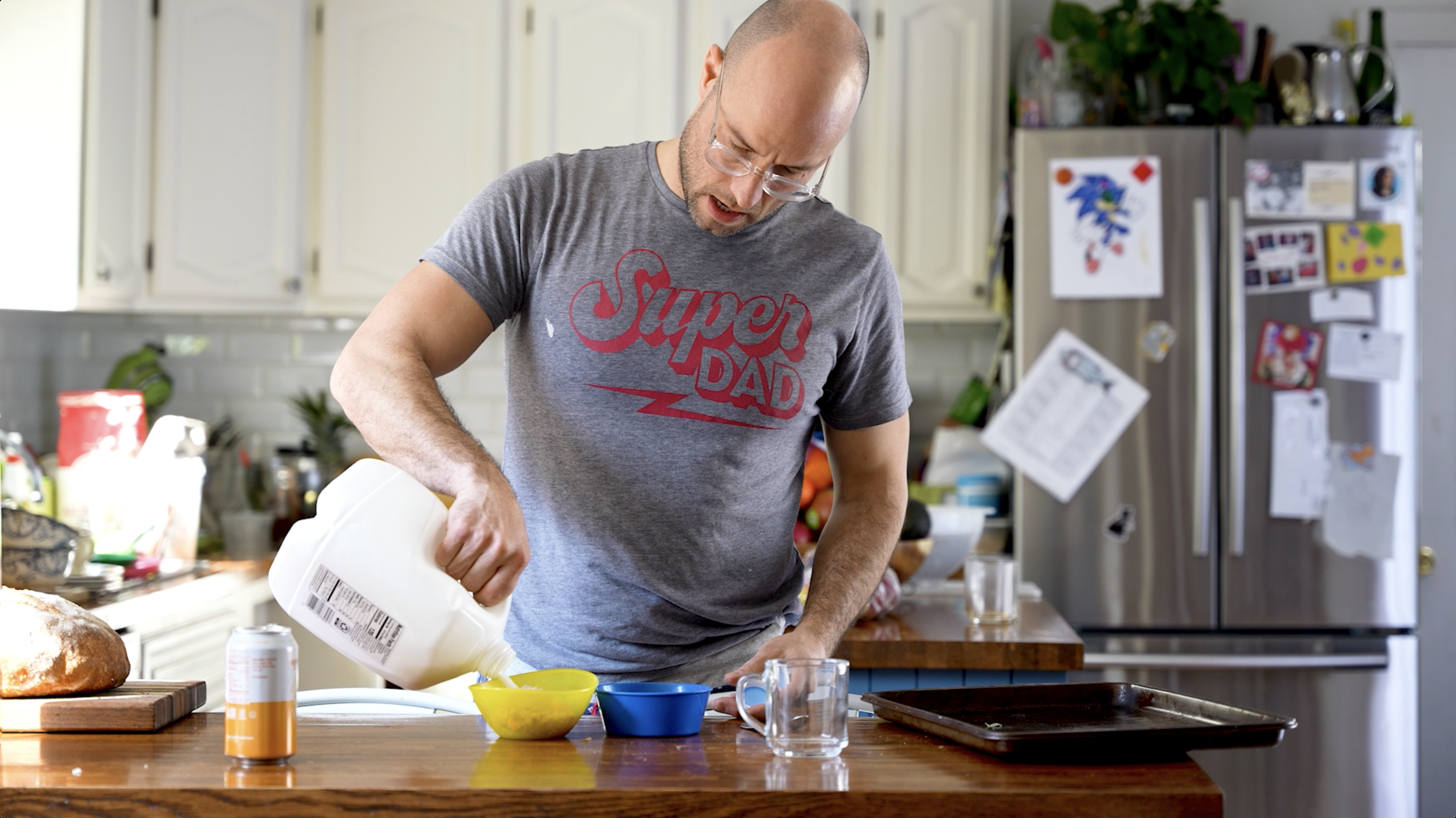Prevention’s Protective Factors Campaign
A video series highlighting the five protective factors that help families thrive, and how prevention benefits everyone from individuals to all of society.
Partner
New Hampshire Children’s Trust
Capabilities
Creative & Strategy • Planning & Production • Writing • Videography • Editing • Animation • Illustration • Original Music • Sound Design
Introduction
A foundational part of marketing for social norms change is educating the audience, so we created a video series to do just that. The CDC reports that about 1 in 7 children experienced abuse or neglect in the past year. We know that safe, stable and nurturing relationships and environments are essential to create a strong foundation for children to thrive. Research has shown that when protective factors are well-established in families and communities, the likelihood of child abuse and neglect not only diminishes, but creates a framework to build family strengths that promotes the best possible conditions for child development.
The Five Protective Factors
-
"I have friendships with people who support me and my parenting."
Friends, family, neighbors and community members provide emotional support, help solve problems, offer parenting advice and give concrete assistance to parents. Support networks are essential for parents and also provide opportunities for people to “give back,” an important part of self-esteem and a benefit for the community.
-
"My family has access to basic needs."
Meeting basic economic needs like food, shelter, clothing and health care is essential for families to thrive. When families encounter a crisis such as domestic violence, mental illness or substance abuse, adequate services and supports must be available to provide stability, treatment and support for family members to get through the crisis.
-
"I will continue to have courage during stress or after a crisis."
Parenting can be stressful, but parents' ability to bounce back from tough situations and use constructive coping methods can improve their child’s outcomes. Resilience when parenting is the ability to properly manage all challenges that their family faces. It means creatively solving problems, building trusting relationships, maintaining a positive attitude, and seeking help when it is needed.
-
"My child feels loved, has a sense of belonging, and can get along with others."
Children's ability to interact positively with others, self-regulate their behavior, and effectively communicate their feelings has a positive impact on their relationships with their family, other adults, and peers. Challenging behaviors or delayed development creates extra stress for families, so early identification and assistance for both parents and children can curb negative outcomes and keep development on track.
-
"I know what my child needs as they grow and develop."
Accurate information about child development and appropriate expectations for behavior at every age help parents see their children in a positive light and promote their healthy development. Information can come from many sources, including family members, parent education classes, and public libraries, but studies show the information is most effective when it comes at the precise time parents need it.
Our Approach
At Burgoo, we consider three components when creating our video content. The first is a consideration of limitations. The second is a consideration of how we want the piece to make us feel. And the third is a consideration of how to create a safe space so our subjects can be vulnerable and authentic.
Social Connections
When we produced the Connections video, we were in the midst of a global pandemic. So for both budget and safety reasons, we determined that we could only shoot with one family and a one person crew.
We didn’t have the time or resources to make things look pretty, so instead we leaned into capturing imagery that was raw and visceral.
Concrete Support in Times of Need
Many families are unaware of the resources and support systems available to them. But the question arose; how to promote these resources without stigmatizing families for not doing enough?
By using metaphor through animation, it allowed us to convey a potentially stigmatizing message in a more indirect way. By making the piece less human, we were able to make it more humanizing.
Parental Resilience
Dad’s can sometimes be overlooked as the primary caretaker in a family, so we wanted to showcase a day in the life of a young dad experiencing all of the joys and hardships of stay at home parenting. This piece was shot in a freewheeling docu-style to fully capture the chaos and joy of parenting young children.
Children's Social and Emotional Development
We wanted to capture the generational intimacy between mothers and daughters by weaving together the past, present and future as it relates to the development of children.
We incorporated old photos of our Mom (Jessica) as a child as well as iPhone footage of current day Jessica with her daughter. This potent imagery was overlayed with voice over as she reminisces about her own childhood development and how that impacts her fears and hopes for her daughter’s future.
Knowledge of Parenting and Child Development
For this piece, the client wanted to paint a large and diverse portrait of the human experience. Unfortunately budget limitations would not allow us to capture the breath of locations and people. So instead we decided to source quality stock imagery. Voice over narration was scripted and recorded to maximize the emotional impact.







